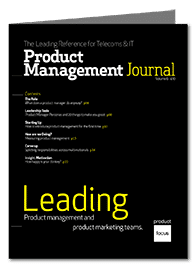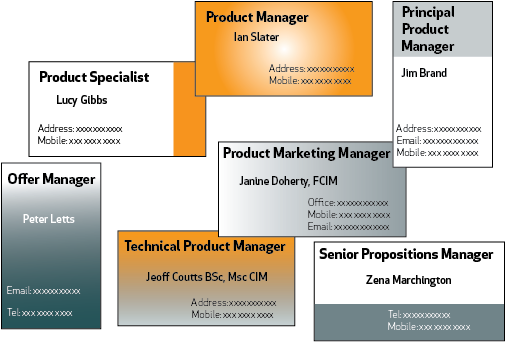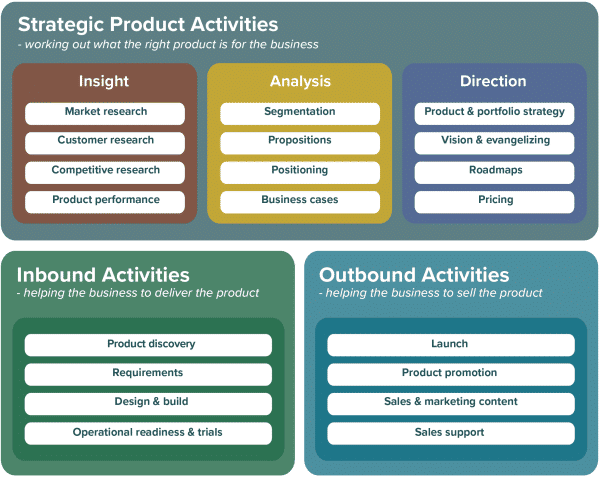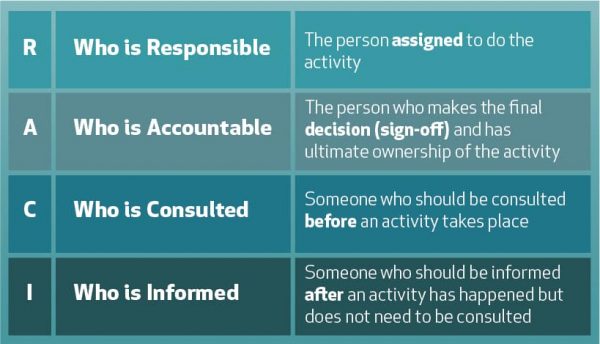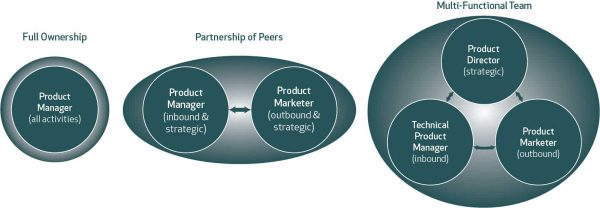In the world of product management, job titles don’t always help when trying to understand what someone actually does. In our experience, product management, and product marketing roles are markedly different as you move from company to company.
At Product Focus, the approach we take is to look at all the activities that should take place in a business that sells products. Based on that, it is possible to work out what you and your team are responsible for and what others should be doing.
To make things simple, we divide the activities into three main areas (see below). The first is strategic product management, i.e., working out what the right product is for the business. Inbound product management is the set of activities that help the business deliver the product. This is typically a more technical role working with the development team. The final area is outbound product management, which includes the activities that help the business sell the product. This tends to be a more commercial or marketing role.
In the framework, we list the specific activities that would typically fall into each area. We use the terminology we’ve come across when working within the industry, but definitions do vary, and some of these activities are difficult to pin down into just one area. The important point is that in every business that sells products, these activities need to be done by someone.
Even in very small organizations, it’s unlikely that one person is responsible for all of these activities. Normally there are a variety of individuals spread across the company who cover these tasks. However, to succeed, this virtual product team must collaborate closely.
It’s also important to make the distinction between being responsible for an activity versus being accountable. If you’re responsible, you’re the one who does the work and delivers the output. If you’re accountable, the business expects you to ensure the activity meets the business needs. For example, as a product manager, your research department may be responsible for commissioning customer research, but you are accountable for making sure they get answers to the questions you need to be answered to make the right product decisions.
You can use the RACI tool (see below) to define who does which product activity in your business. Each activity is listed in a matrix, and people are assigned as either responsible, accountable, consulted, or informed. It’s common to find gaps, uncertainty, and overlap, and these are often the root cause of many problems.
There are three models commonly used to think about the structure of product management.
Full ownership
This model says you have full ownership of the product in the business. You are responsible for managing all the dimensions of your product and driving all the activities that contribute to its success.
We believe this is a good approach as it fosters a can-do attitude. However, realistically, most product managers don’t have direct control over all the resources and factors that can contribute to their product’s success, for example, discounting by sales or allocation of development resources. They have to use their powers of influence to make things happen.
Partnership of peers
In this model, the inbound product manager is responsible for running the product, understanding the technology, defining the roadmap, worrying about costs, and profitability. They partner with a product marketer who understands the market, develops propositions, works with the marketing guys, and worries about sales volumes, pricing, and revenue targets. These two roles work together in an equal partnership, and through a healthy tension, deliver the best market offer.
This is a common approach implemented by many companies and works well if responsibilities are clearly defined. When there is confusion over who does what, or who makes the final decision, the danger is that healthy tension can develop into unhealthy conflict.
Multi-functional team
In this model, a team works together to manage a product – or, more commonly, a portfolio of related products. The simplest setup might be to have a product director running the team, working with senior management, and handling the strategic product management activities. They would be supported by a more technical inbound product manager working with development, and a more marketing savvy outbound product manager.
This can evolve so that elements of product management are hived off into specialist teams and no longer report into product management. For example, a separate team focused on pricing or on product commercials. These teams can bring great expertise to activities that product managers might only do once in a while. The danger is that decisions are made without a holistic view of the product. This also creates the challenge of providing product leadership across a widely dispersed virtual team of people working in areas that often have quite different agendas.
Conclusion
No one model for product management fits every organization, and we believe a number of models can be made to work. It depends on the company size, portfolio of products, and philosophical approach to product management.
However, if you lead a team of product managers, or if you work in a product management team, make sure you’re clear on who is responsible for what and that somewhere, someone is tackling all the product-related activities.


